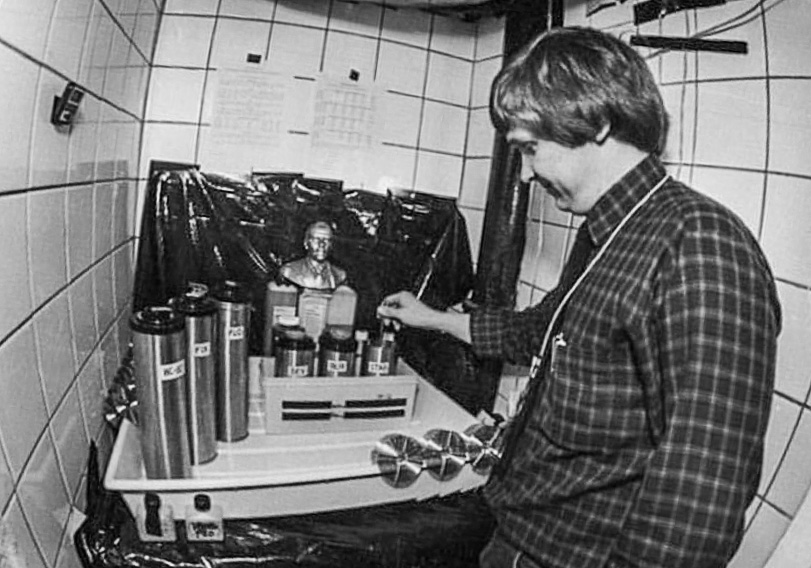Photography has always been in constant change. In my forty-five years of covering news and sports, I have seen a fair change in my chosen profession.

I started my career shooting film and using a darkroom to develop film and make prints. Then seeing, Single Lens Reflex (SLR) cameras got autofocus capabilities in 1985. Less than ten years later, the first Digital Single Lens Reflex (DSLR) came onto the market. It was groundbreaking and the first significant change in photography in over 100 years.
And then in, Sony 2017 came out with the Sony a9, the first mirrorless camera aimed at photojournalists and sports photographers. It was the next significant evolution in photography.
As photojournalists, we dreamed of becoming invisible, like a fly on the wall, when capturing images to avoid disturbing the subject and our colleagues at the television networks. (remember the noisy shutters at Presidential press conferences?) In sports photography, when covering golf, we had to keep our fingers off the shutter button until the golfer had made contact with the ball.
The a9 offered professional photographers a completely silent, vibration-free camera and more. It had groundbreaking subject-tracking eye autofocus and could track and shoot at an outstanding 20 frames per second. It surprised the other camera companies as photographers took up this next evolution in still photography.
While the a9 could have been a better tool, Sony’s Tokyo camera and lens engineers demoed the a9 in March of 2017 to a select group of photographers. They also interviewed these top photojournalists and sports photographers in Washington and New York about the groundbreaking camera and committed to improving it.
But Sony didn’t stop there. They made several improvements to the a9 via firmware, followed up with the a9ii and the Alpha 1, and started producing a full line-up of professional lenses.
They proved that Sony was listening to professional photographers and committed to making the changes they required to compete in this ever-evolving world of photography.
The a9 started making a silent statement back then, finding its way into the hands of the world’s top photojournalists and sports photographers. (There is an interesting story linked here about how Sony did this).
I wanted to reflect on the “old days” of my sports film photography on this page. And I hope you enjoy this little gallery containing some of my favorite images covering sports before the digital age.
-30-
